May is American Asian, Native Hawaiian, and Pacific Islander (Pasifika) Heritage Month—a celebration and recognition of these strong, diverse people for their socioeconomic, political, historical, and cultural contributions to the United States of America (USA), which they have called “home” for centuries.
Abbreviated into AANHPI, this broad term covers people who trace their roots from Hawaii (technically part of Polynesia), continental Asia, maritime Asia (island and archipelagic countries like Indonesia, Singapore, and the Philippines), as well as the Pacific islands of Melanesia (New Guinea, New Caledonia, Vanuatu, Fiji and the Solomon Islands), Micronesia (Marianas, Guam, Wake Island, Palau, Marshall Islands, Kiribati, Nauru and the Federated States of Micronesia) and Polynesia (New Zealand Rotuma, Midway Islands, Samoa, American Samoa, Tonga, Tuvalu, Cook Islands, French Polynesia and Easter Island). The results of a 2023 census show that almost 26 million people in the USA identify as various ethnicities within AANHPI.
The month of May was chosen to commemorate two events: first, the immigration of the first Japanese to the continental United States on May 7, 1843, and second, the completion of the transcontinental railroad (now called Golden Spike Day) on May 10, 1869, which was mostly laid by Chinese immigrants. That said, the first AANHPI officially recognized in the continental Americas were the people now called Filipinos, who arrived in California in 1587 and then made their way to Louisiana (note that the Philippines, considered as both Asian and Pacific Islander due to its unique history and location, was a US colony from 1898 to 1946). They were followed by the Indians at Jamestown, Virginia in 1635, then the Chinese in 1778 who landed in Hawaii, followed by the Japanese also in Hawaii in 1806. The first Native Hawaiian moved in 1788 to what is now Oregon; in 1900, Hawaii was annexed by the USA. In 1884, the first Koreans arrived in the USA. In 1898, Guam and the Mariana Islands were handed over by Spain to the USA along with the Philippines; their natives, known as Chamorros, began migrating to California and Hawaii shortly afterward. In 1904, what is now American Samoa was turned over to the USA, and Samoans began to migrate to Hawaii and the continental United States in 1920. Finally, the USA saw its first Vietnamese immigrants in 1912.
The Asia Pacific region boasts diverse terrain and wildlife, from the freezing tundras of the north to the tropical archipelagos of the southeast, to the deserts of the south and west. Is it any wonder how these factors influence diverse traits and cultures? Some countries, like the Philippines and India, have led the world in leadership by women. This tradition carries on in the USA, as evidenced by congressional representatives Pramila Jayapal, Stephanie Murphy, Marilyn Stickland, Jill Tokuda, Judy Chu, Young O. Kim, Michelle Steel, Grace Meng, Colleen Hanabusa, Doris Matsui, Pat Saiki and Patsy Mink, to senators Tammy Duckworth and Mazie K Hirono, to former Vice President Kamala Harris.
Many women of AANHPI heritage have been elevated as cultural vanguards. Maya Lin, descended from Chinese nobility, incorporates environmentalist philosophy into her architectural designs of historical monuments; Toshiko Takaezu explored growing up with Hawaiian and Japanese heritage during World War II through pottery and sculpture; Vera Wang, Anna Sui, Vivienne Tam, and Josie Natori shook up the fashion industry.
With the Asia Pacific region known for literary and storytelling traditions, it is well represented by authors such as Amy Tan, author of the widely studied cultural touchstone The Joy Luck Club, Maxine Hong Kingston, whose blend of autobiography, myth, and feminism earned her a National Book Award, and Jhumpa Lahiri, Pulitzer Prize-winning author of Interpreter of Maladies and The Namesake.
Many female stage and screen performers are Asian, Native Hawaiian, Pacific Islander, and in some cases, a mix of all these: Anna May Wong, Nancy Kwan Ka-shen, Ming-Na Wen, Tamlyn Tomita, among many others. Momi Cazimero harnesses contemporary art and design to uplift the Hawaiian community, while fellow Hawaiian/Samoan Taimane Gardner uses YouTube to share the beauty of the ukulele with the world. Singer-songwriter Pia Mia Perez is of Chamorro descent, while singer-songwriter Olivia Rodrigo celebrates her Filipino roots; Japanese-American pop stars Kina Grannis, Hayley Kiyoko, and Hikaru Utada need little introduction. H.E.R. (Gabriella Sarmiento Wilson) and Saweetie (Diamonté Quiava Valentin Harper) represent Filipino-American hip-hop; Korean-American Dia Frampton and Pakistani-American Nadia Ali are global icons of electronic dance music. Family binds the music industry too: Jessica and Krystal Jung front-line their respective K-pop groups Girls’ Generation/So Nyeo Shi Dae (SNSD) and f(x); Monday Michiru Akiyoshi continues the jazz traditions her mother Toshiko Akiyoshi raised her on. Sisters Shannyn Sossamon and Jenny Lee Lindberg have found their niches in acting and music. There are many AANHPI working behind the scenes, too: filmmaker Chloe Zhao, novelist turned scriptwriter-showrunner Jenny Han, scriptwriter Adele Lim, animation director Domee Shi—the list goes on.
Asian, Hawaiian, and Pasifika women also top the realm of sports, such as Michelle Kwan, a two-time Olympic medalist and five-time World Champion in figure skating, Naomi Osaka, activist and four-time Grand Slam tennis champion, and Chloe Kim, the youngest woman to win Olympic gold in snowboarding at age 17.
Breakthroughs in science and technology have been led by AANHPI women, including marine biologist Dr. Isabella Aiona Abbott, physicist Dr. Chien-Shiung Wu, virologist Dr. Flossie Wong-Staal, microbiologist Dr. Roseli Ocampo-Friedmann, aerospace engineers Dr. Kalpana Chawla and Swati Mohan, and astronaut Sunita Williams.
Many women of AANHPI heritage push for holistic progress where politics, economics, culture, and society all intersect, such as Queen Liliuokalani of Hawaii, civil rights activist Yuri Kochiyama, philosopher, author, and activist Grace Lee Boggs, and bioastronautics researcher and activist Amanda Nguyễn, among many others.
We invite all Asians, Native Hawaiians, and Pacific Islanders located in the continental USA to find support and connection in the inaugural Inspire Her Nexx Chapter Conference. This event will be held at the Hilton Anatole Hotel in Dallas, Texas, from Friday, August 29, to Sunday, August 31. Get your tickets and discounted room rates today at https://bit.ly/
The Future of Connection for Women

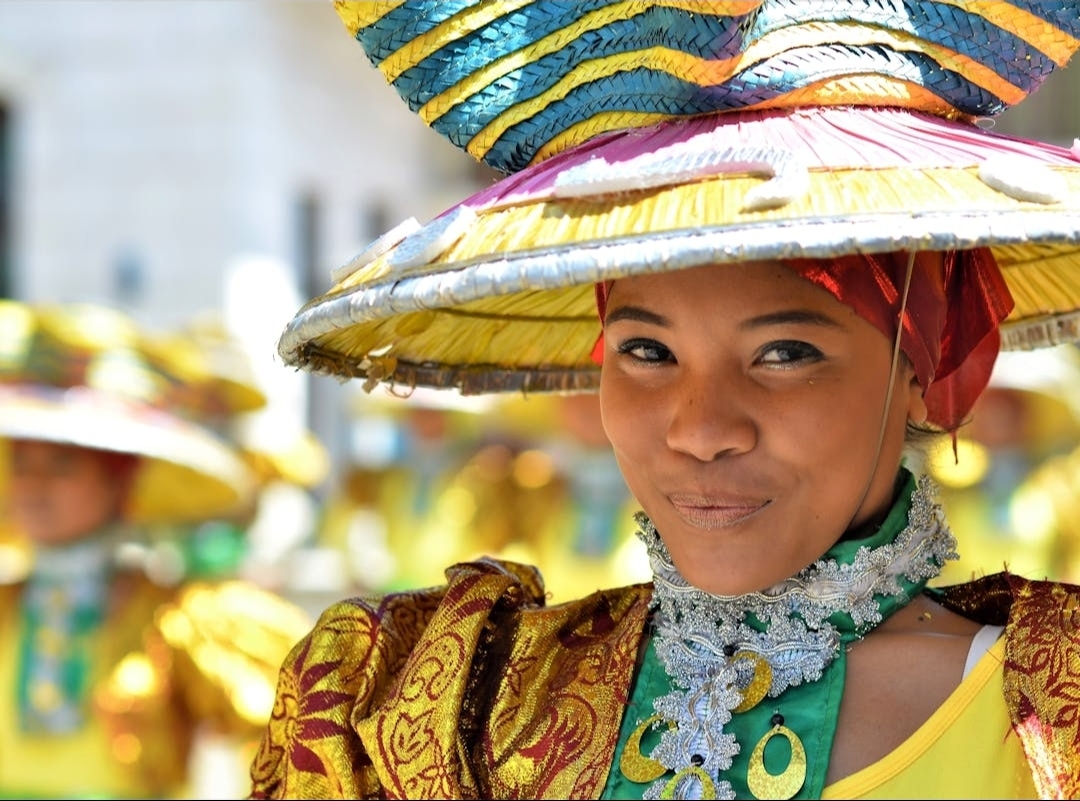
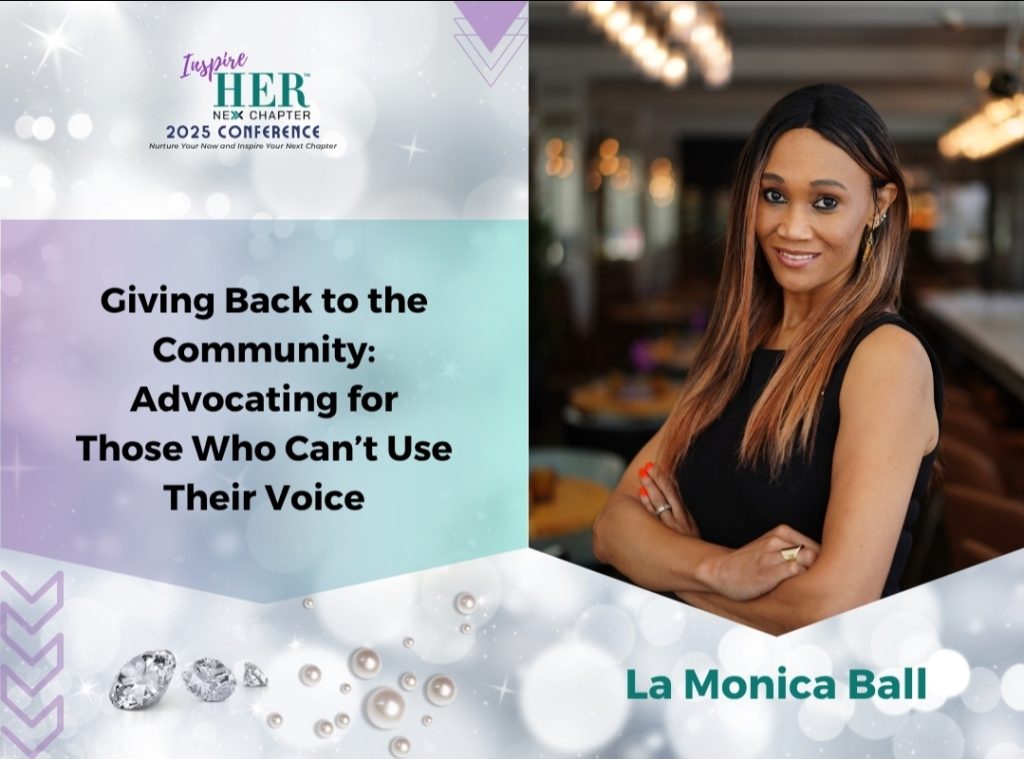
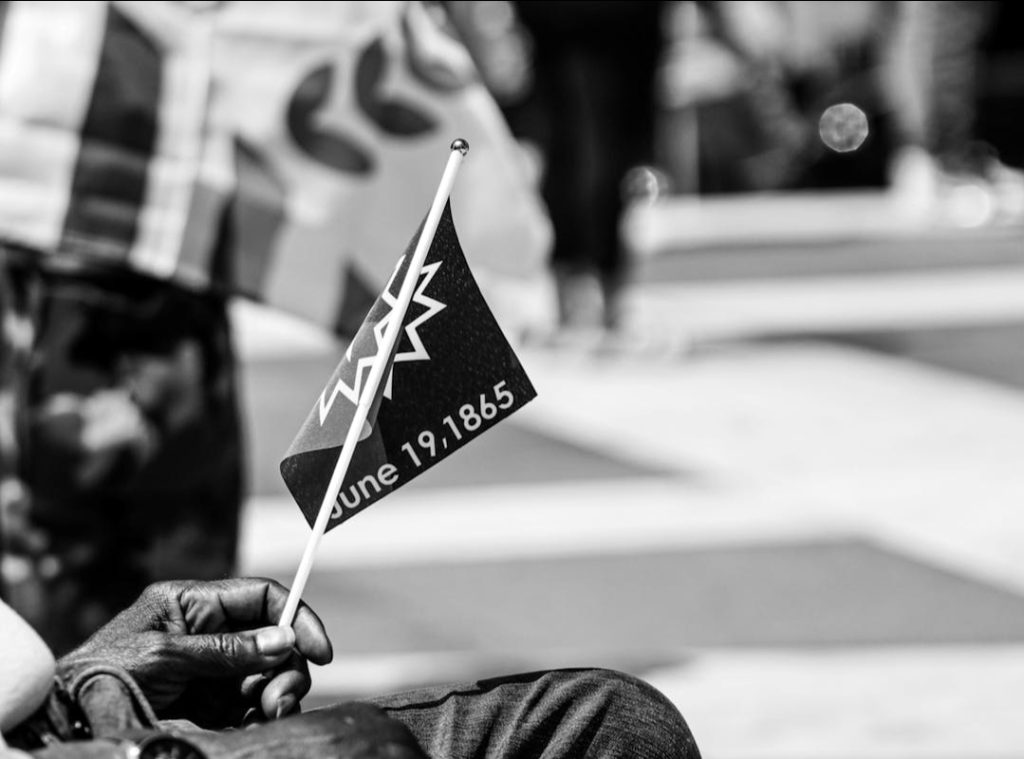
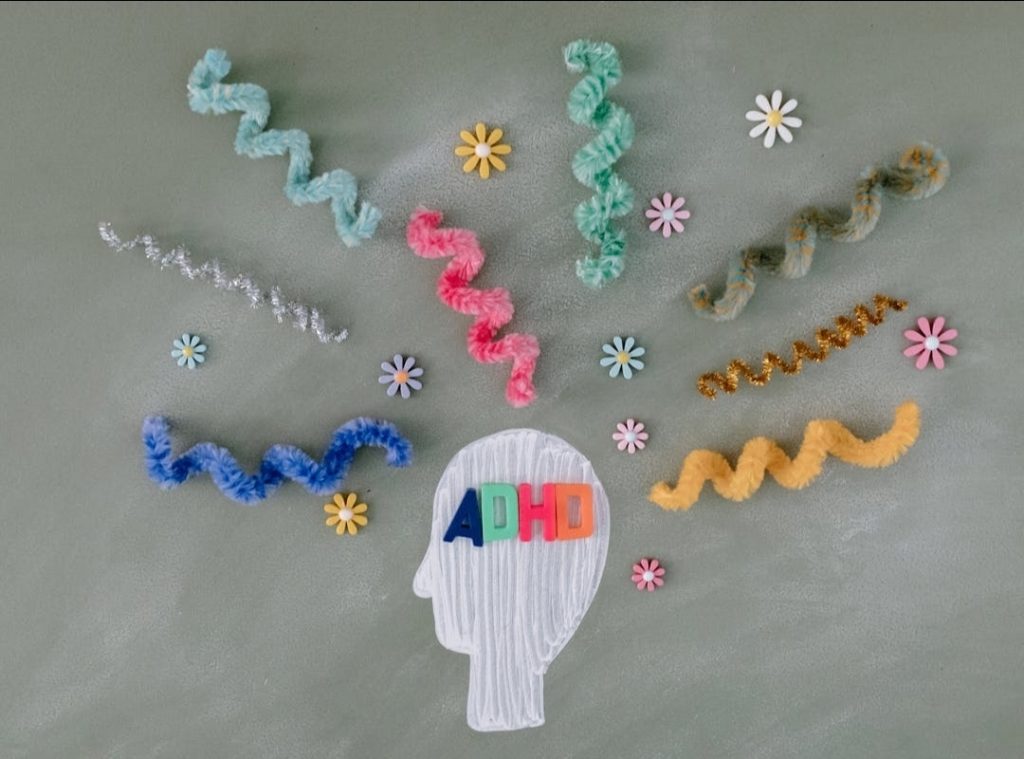
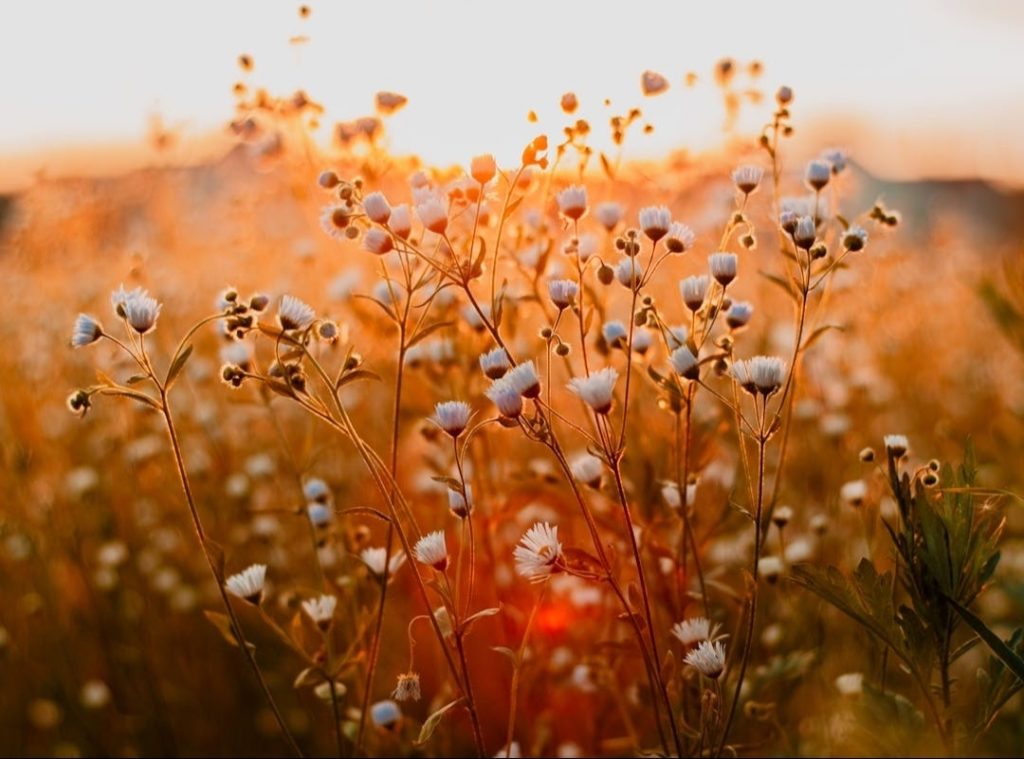


0 Comments